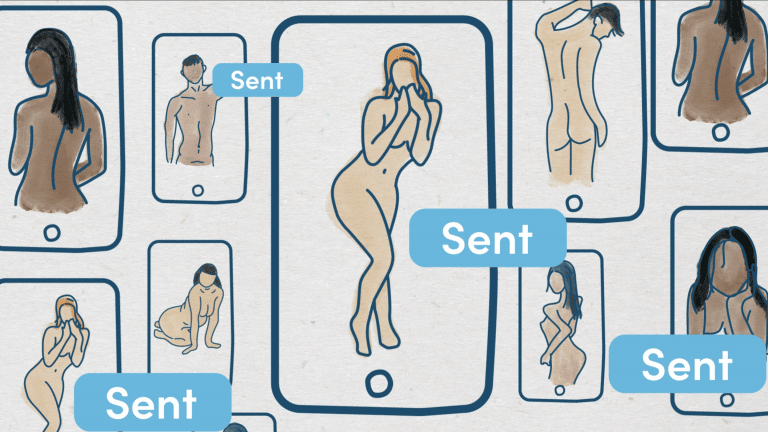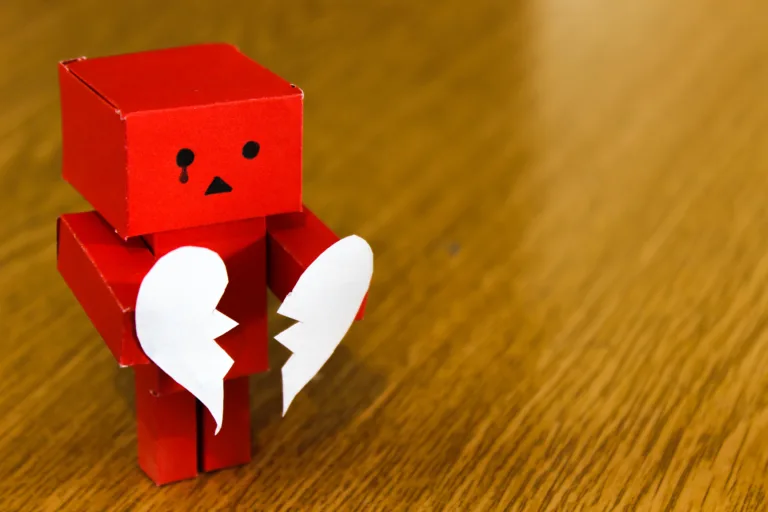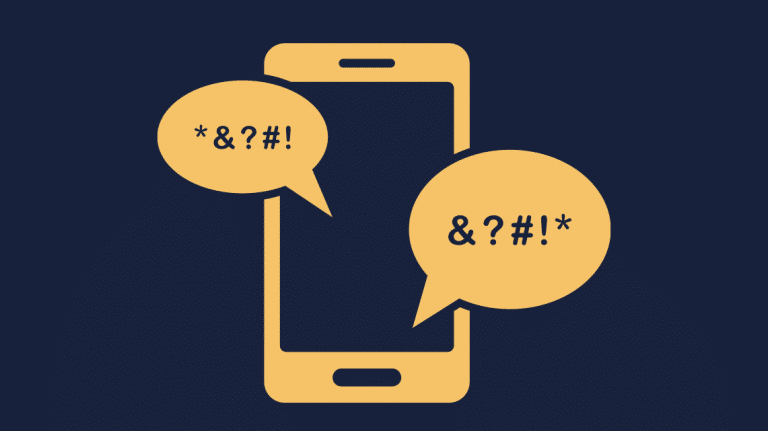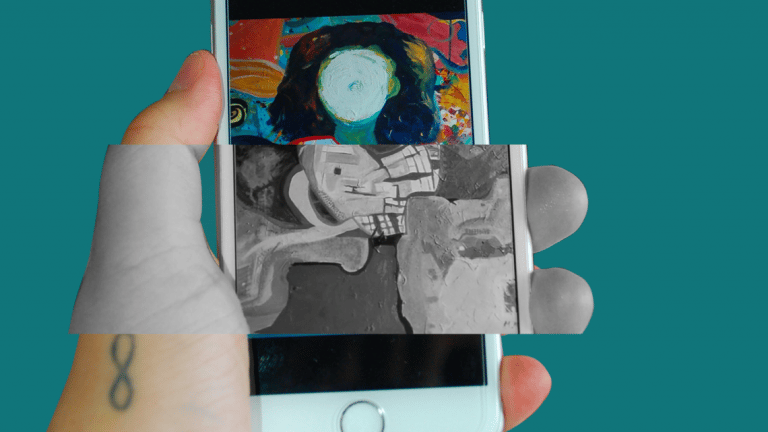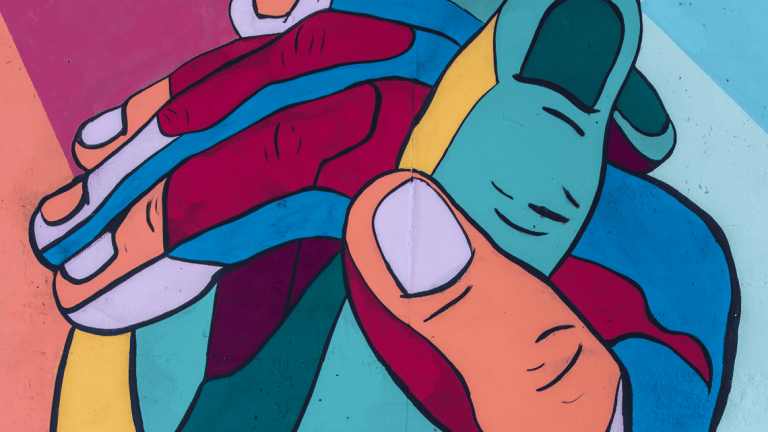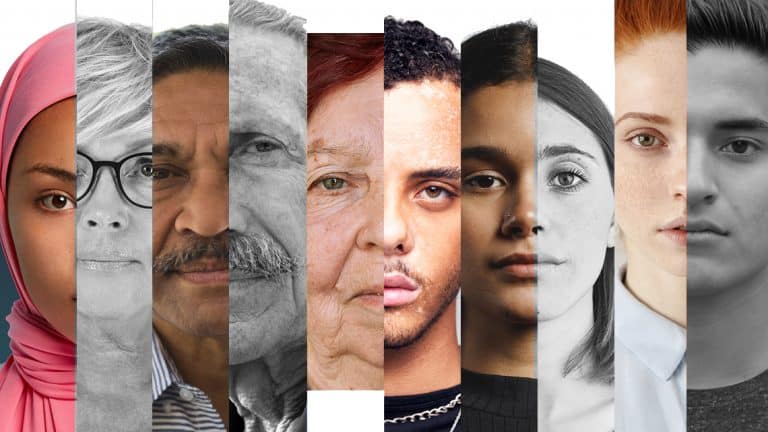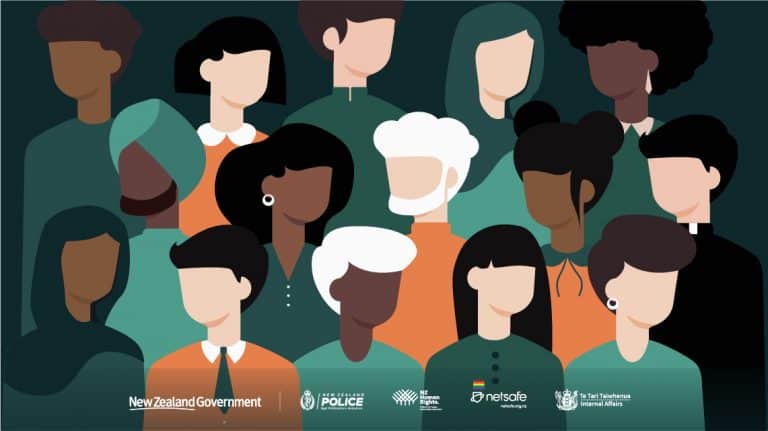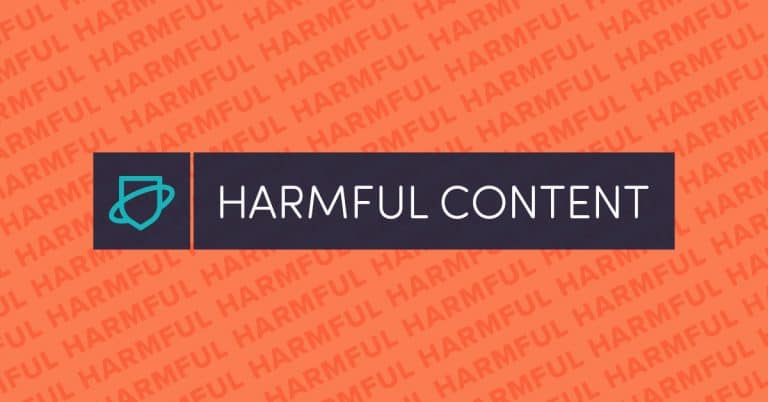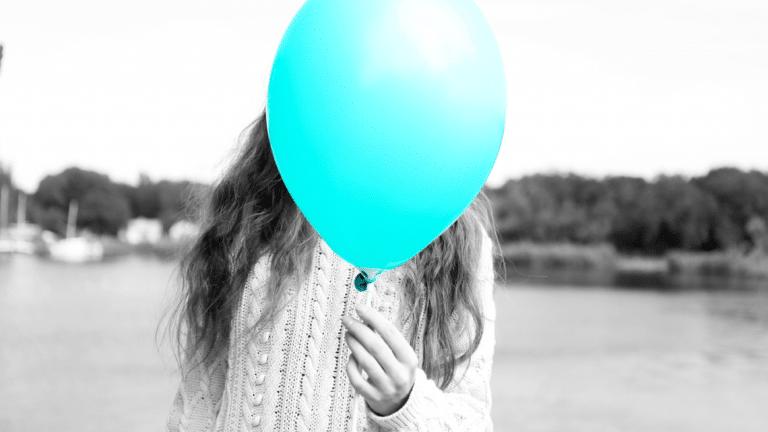Think before you nude
The Bare Facts is a campaign developed by rangatahi, Netsafe and Classification Office Te Mana Whakaatu about the risks of taking and sharing nude images. Find out more about these new campaign now. What is The Bare Facts about? Sharing nude images is part of everyday life for many young people in Aotearoa, but not…
